If experience is the best teacher, there’s no better driving instruction than from AAA. For more than 80 years, AAA has educated young drivers on how to stay safe behind the wheel. All training is based on data acquired from decades of AAA traffic safety research.
AAA Driver Training instructors have an unparalleled level of experience – and success – in turning new students into lifelong safe drivers. So, we spoke with six esteemed AAA driving instructors to share their best tips for young drivers.
With nearly a quarter-century of driving instructor experience among them, Frank Malone, Linda Brookfield, Ray Lamore, Rick Field, Rick Phelan, Gary Driscoll and Justin Cares have plenty of good advice.
What are the top tips you would give a new teen driver to make them a better driver?
Frank Malone: Practice. Practice. And practice. Oh, and wear your seatbelt and use your blinker.
Linda Brookfield: 1. Keep the phone off and out of sight. 2. Keep a proper following distance. 3. Stay focused on driving – SIPDE (Search, Identify, Predict, Decide, Execute).
Rick Field: 1. Slow down to allow time for decisions. 2. Read the Road 3. Look left, right, left until safe to go.
Rick Phelan: Respect the speed limit, use your directional and check your blind spots.
Gary Driscoll: Take the time to build your foundation first. Start at the beginning: work on adjusting your seating.
Justin Cares: Put all technology away and use the new car technology sparingly. All of your attention needs to be focused on looking out the windshield.
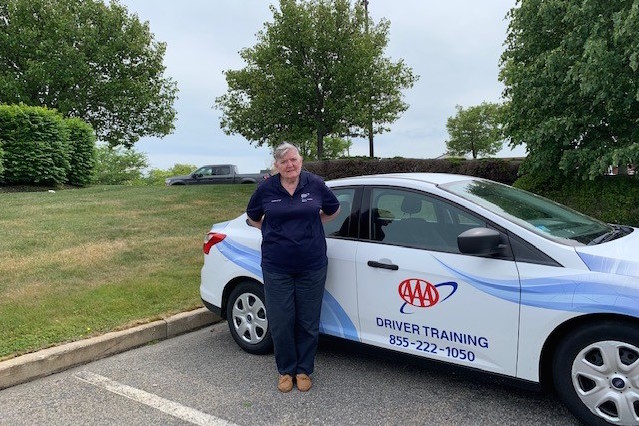
What is the best thing about teaching new drivers? What is the worst?
Field: It’s very rewarding to witness students progressing and mastering concepts. The worst experiences are related to parents who fail to prepare and teach basic driving skills prior to the first driving lessons. Many students may have less than 30 minutes behind the wheel with a parent. These students are typically very difficult to teach and it’s an unproductive use of instructor expertise.
Malone: Helping students build confidence is the best part of teaching driver education. The worst part is having to break bad habits they pick up after watching other drivers become lazy role models!
Brookfield: The best thing is seeing students progress. I do my best to explain why we have to do things the way we do in order to be safe on the road. The worst thing is having a student who believes they already know what they’re doing. This is the person who will agree to my instruction yet continue to do things their own way – incorrectly!
Phelan: Interacting with the students and seeing them gain confidence in their abilities is great, but the best thing is getting a happy phone call from the student or parent letting me know they passed their road test or, better still, being with them as they pass! The worst feeling is their disappointment if they happen to fail the road test. Thankfully, that doesn’t happen too often.
Driscoll: The best thing is when you provide the student driver with the knowledge and training to be a good safe driver. Most student drivers want to learn how to drive safely and appreciate getting training that can help them achieve that goal. On the flip side, I’ve had a few students that didn’t want to get their driver’s license and were getting lessons only because their parents were making them. That usually creates a hostile training environment and can be very frustrating for the instructor.
Cares: In teaching new drivers, it’s really awesome to watch them grow as drivers and acquire new skills. It is also really a challenge sometimes because a lot of new drivers don’t take the driving task seriously.
What’s the funniest or strangest experience you’ve ever as a driving instructor?
Field: One of the strangest experiences I had involved a student who, at the start of the lesson, vocalized ‘119,’ and then later continued with ‘118, 117, 116,’ and so on. Eventually, I asked what was going on and he said, ‘I am looking at the dash clock and counting down every minute until this lesson is over.’ The student was very uncooperative and only taking driving lessons because his mom made him. He preferred to use his bicycle as primary source of transportation. He never finished our program.
Malone: One time I had a student who was nervous about the infamous Kelly Square in Worcester. I took the student through the intersection at noontime, a fairly busy time of day. After having the student enter Route 290 while leaving the square, I said, ‘I’m not sure why you were so nervous about Kelly Square … you did just fine.’ The student was surprised. “That was it?” they asked. Sometimes they get nervous just because of what they hear from others.
Lamore: Recently, a student approached a red light at a high rate of speed. I repeatedly asked him to slow down, but he didn’t. Consequently, I needed to apply my brake. The student exclaimed, ‘You’re chill! My mom would have freaked!’ I replied, ‘Well, your mom loves you and cares about you. She wants to make sure that you’re a safe and cautious driver. But to be honest, I would have freaked if I didn’t have a brake!’
Driscoll: The strangest thing is how some teenagers and college students don’t know their right from their left. Still blows my mind how often that happens.
Cares: I once was followed by a parent of a student for the entire two-hour lesson because she didn’t trust me.
Enroll in the AAA Driver Training program today.
Tell us a memorable story from when you or your child was learning to drive in the comments.
This article has been updated and republished from a previous version.
3 Thoughts on “AAA Driving Instructors Share Tips for Young Drivers”
Leave A Comment
Comments are subject to moderation and may or may not be published at the editor’s discretion. Only comments that are relevant to the article and add value to the Your AAA community will be considered. Comments may be edited for clarity and length.



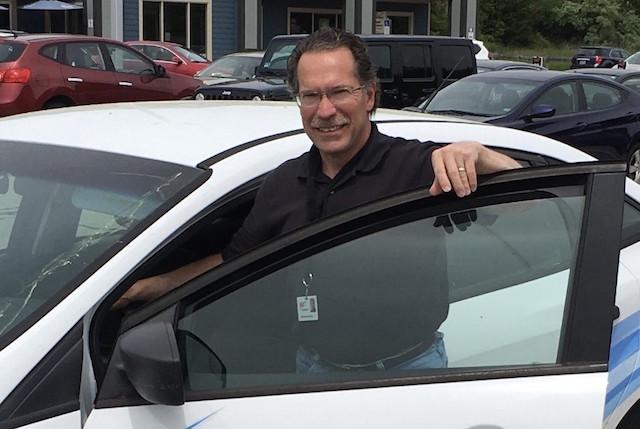
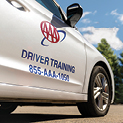



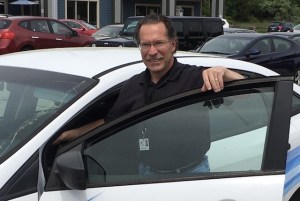

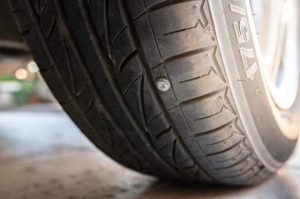


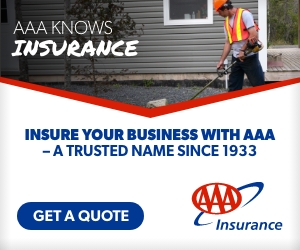
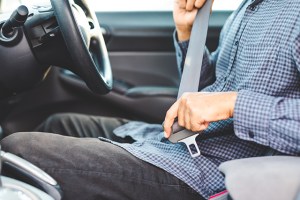



Dash Camera, the best proof in case of an accident.
In 2018 a car hit me on the Alewife Parkway. The State officer came to the accident site one our late. He took the statement of the other driver but neglected to take mine. He decided I was in fault. He was rude to me and threatened to take my drivers license . I told him I have a dash camera. The dash camera video proved the other driver was at fault. The insurance companies adopted my video as the proof and the officer did not file his own report faulty report.
Now I have Dash cameras for front and rear. Best thing I ever did.
George,
Which dashcam do you recommend, please?
Much thanks,
Doug Arnold
Hi Doug, the Miofive 4K Front Dash Camera and Garmin Dash Cam Mini 2are two top-rated options worth looking into.